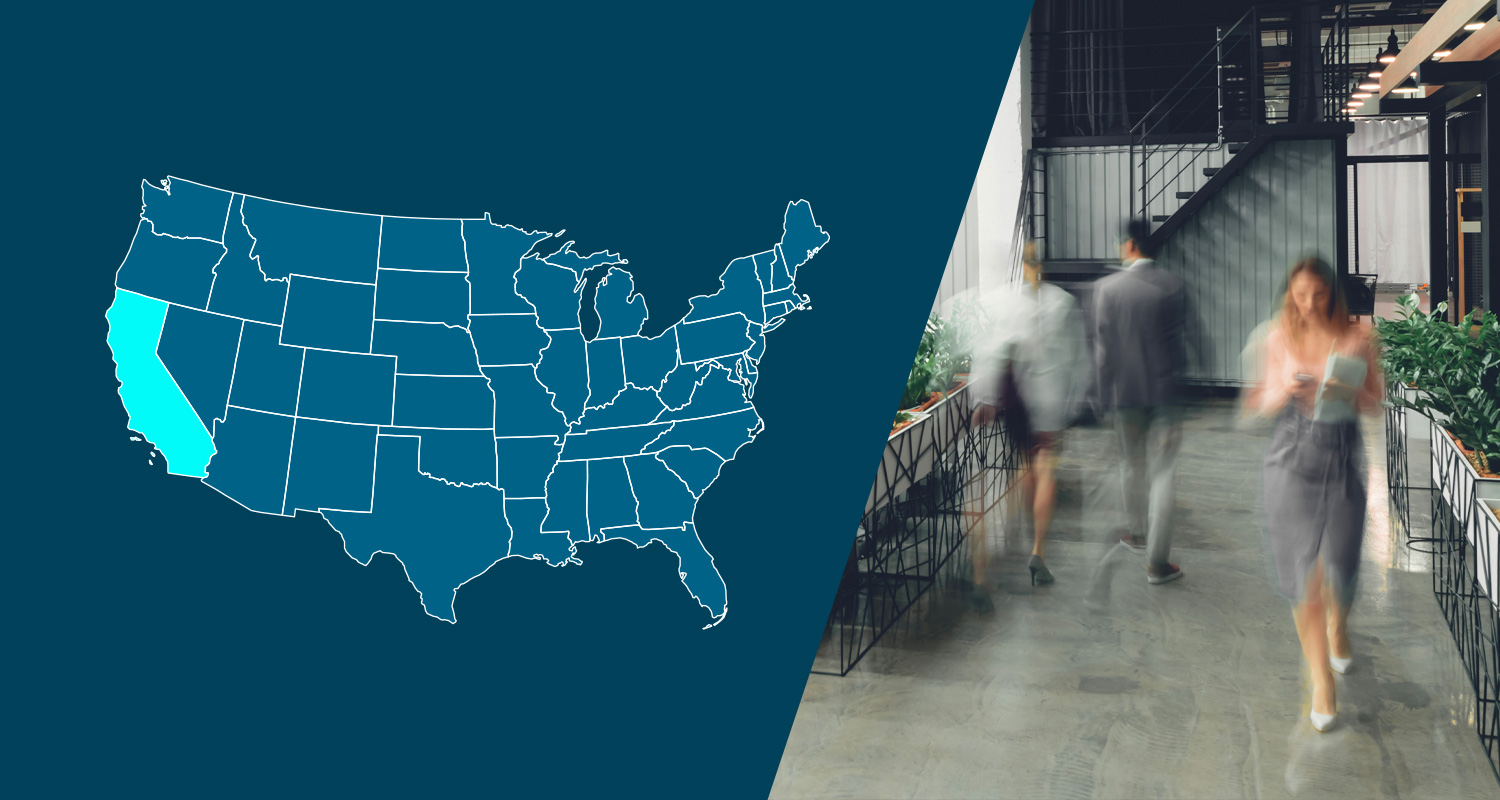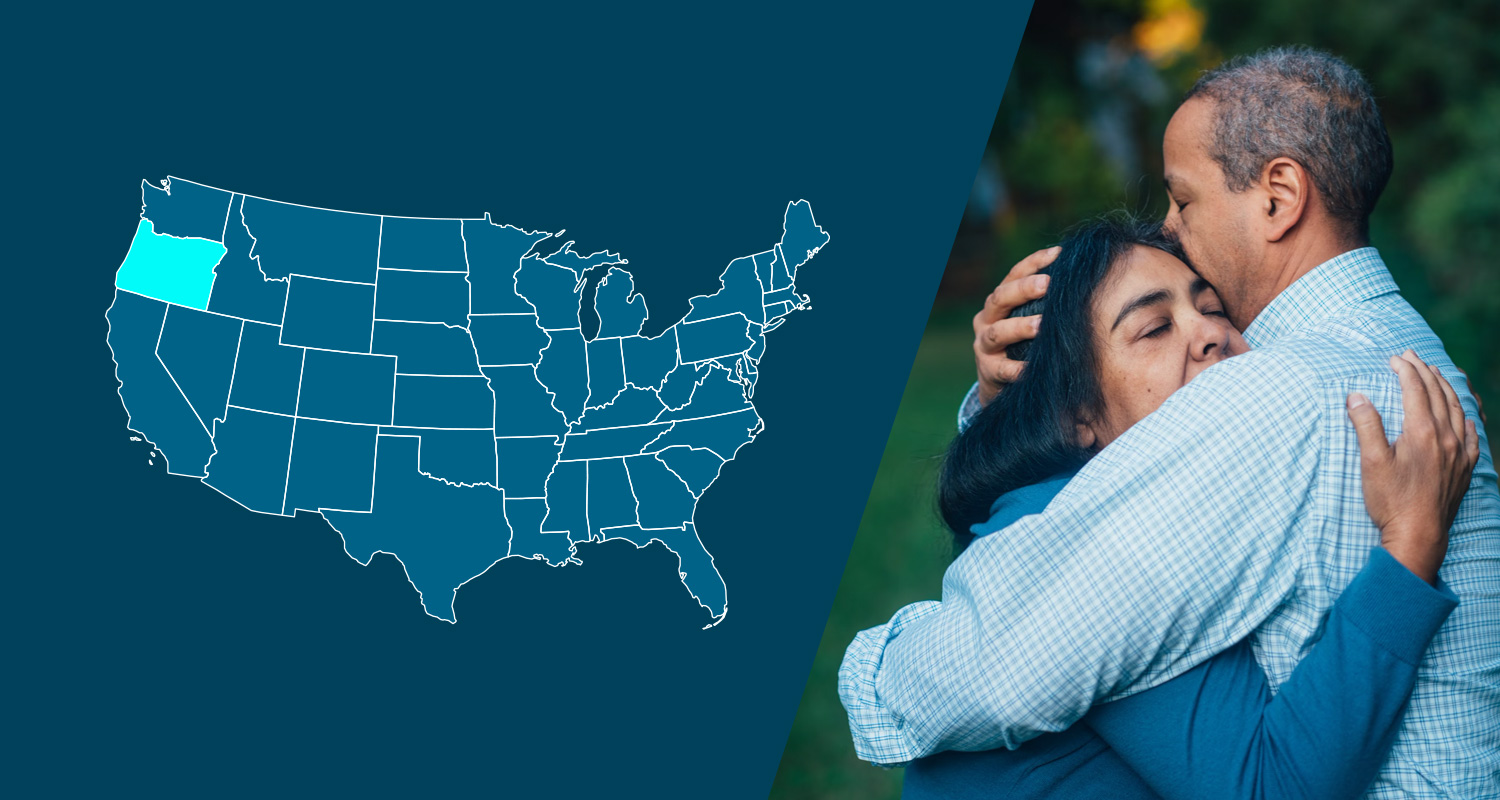Updated 8/8/2017
Overview:
On July 19, 2017, the New York Paid Family Leave (PFL) regulations became final. New York Paid Family Leave (PFL) provides leave to New York employees while they bond with a new child, care for a close relative with a serious health condition, or help relieve pressures when a family member is called to active military service. PFL will phase in over a period of 4 years, beginning January 1, 2018.
Which Employers are Subject to this Law?
An employer with employees working in New York for 30 or more days in a calendar year must obtain PFL coverage. PFL is for individuals who work in New York; it does not matter where the employer is located or where the employee lives. The New York PFL website offers the following examples:
- An employee who works from home in New York is covered even if the employer is located outside of New York.
- An employee that is required to travel occasionally into New York State for work, such as a salesperson, will not be considered a New York employee unless the employment is based in New York.
- An employer that is located outside of New York does not need to cover employees who live in New York if they work outside of New York.
When do Employees become Eligible for PFL?
- Employees who work 20 or more hours per week become eligible for PFL after they have worked for 26 consecutive weeks. The finalized regulations add an amendment to the rule, which clarifies that the “consecutive weeks may be tolled during periods of absence that are due to the nature of that employment, such as semester breaks, and when employment is not terminated during those periods of absence.”
- Employees who work less than 20 hours per week are eligible for PFL after 175 days of work (they are eligible on day 176).
Waivers:
Employees cannot opt out of the PFL program unless they are in a temporary position that will not allow them to attain the 26 consecutive weeks or the 175-day requirement. For employees who will not meet the time requirement, the finalized regulations make it clear that employers must provide the option to file for a waiver of PFL benefits (a form will be made available by the State, and has not yet been released).
Intersection of PFL with other Leave Laws:
The final regulations offer additional information on how PFL will interact with FMLA and other leave laws. Below are a few points that are clarified under the law.
Family and Medical Leave Act:
- Employers may designate PFL as FMLA leave if the leave qualifies for both.
- The employer shall notify the eligible employee of such designation and shall also provide the employee with any notice required under FMLA procedures.
- If an employer fails to provide the notice or designate the leave as FMLA, the employer will be deemed to have permitted the eligible employee to receive PFL without concurrently using the FMLA benefits.
Paid Time Off:
- An employer may permit an employee to use sick time to receive full salary during PFL where it is otherwise available, but may not require the employee to use it. The sick time and PFL will run concurrently in these situations. In addition, an employer would be allowed to seek reimbursement from the carrier for PFL benefits that the employee would have been otherwise entitled to receive.
Employer Action Items:
- Employers must carry PFL Insurance and should contact their disability benefits carrier to learn more about PFL coverage. Generally, PFL coverage will be offered as an add-on to disability benefits coverage.
- Employers should be prepared to comply with all PFL notice requirements outlined under the law.
- Employers should review any existing leave policies and determine how they will interact with PFL.
- Employers should determine when they will begin employee payroll deductions to pay for PFL benefit premiums and payroll should be notified of calculation methods. Deductions may begin any time after July 1, 2017.
- Employers should decide how leave will be tracked internally.
- Appropriate personnel should be trained on PFL eligibility requirements, as well as employee/employer rights and obligations.
Additional Resources:
- New York Paid Family Leave Website
- Toll Free Paid Family Leave Help Line (live representatives): (844) 337-6303
- PFL Premium Rate Information
- New York Average Weekly Wage Information
Overview
On May 24, 2017, the New York Workers’ Compensation Board issued another set of proposed regulations implementing the New York Paid Family Leave Law (PFL). The initial proposed regulations were published on February 22, 2017. New York Paid Family Leave (PFL) provides leave to private sector employees while they bond with a new child, care for a close relative with a serious health condition, or help relieve pressures when a family member is called to active military service. PFL will phase in over a period of 4 years, beginning January 1, 2018. All private employers that employ one or more employees will be subject to the new law.
What Do PFL Benefits Include?
- Gender-neutral, job protected, paid leave for New York employees.
- Employees may take the maximum benefit available in a given year during a 52-week period (8 weeks in 2018, 10 weeks in 2019 and 2020, and 12 weeks from 2021 forward).
- Employees can continue their healthcare benefits while on leave.
Who is Eligible?
- Full-time employees become eligible for PFL after they have worked for 26 consecutive weeks. Full time employees are those on a work schedule of 20 or more hours per week.
- Part-time employees are eligible for PFL after 175 days of work (they are eligible on day 176). Part-time employees are those on a work schedule of less than 20 hours per week. The 175 days need not be consecutive.
- Citizenship and immigration status do not have any impact on eligibility.
Phase-in Timeline
|
Year |
Weeks Available | Max % of Employee Average Weekly Wage | Cap % of State Average Weekly Wage |
| 1/1/2018 | 8 | 50% | 50% |
| 1/1/2019 | 10 | 55% | 55% |
| 1/1/2020 | 10 | 60% | 60% |
| 1/1/2021 | 12 | 67% | 67% |
Program Funding
The premium cost for PFL coverage will be fully funded by employees through payroll deductions. To determine the amount to be deducted from an employee’s paycheck, several factors come into play.
Calculating Payroll Deductions
1. New York State sets a “premium rate” every year that determines an employee’s maximum PFL contribution. The premium rate is a percentage of an employee’s salary, meaning employees with higher incomes will pay higher payroll deductions than those with lower incomes. The premium rate for PFL coverage beginning in 2018 has been set at 0.126% of the employee’s weekly wage. You can read more about the PFL premium rate here.
2. The percentage amount of an employee’s income will be capped at New York’s “current average weekly wage,” which will be released annually and measured from the previous year. New York’s current average weekly wage (for calendar year 2016) is $1,305.92. This amount is updated annually and can be found here. As such, the current maximum payroll deduction, or cap amount, for all employees is $1.65 per employee/per week. If an employee’s weekly wage is below the current average weekly wage ($1305.92), the deduction amount will be lower. For example, if an employee earns $1200 per week, their payroll deduction would be 0.126% of $1200, or $1.51.
3. Employers may begin PFL benefit payroll deductions beginning 7/1/2017. Early payroll deductions are authorized to help employers offset the cost of 2018 premiums, specifically those that are billed annually in advance. Taking payroll deductions early (before January 1, 2018) is not required and will not affect an employee’s ability to take leave.
Note: Deduction amounts will vary based on annual rates and individual employee wages. Employers should update the premium rate and average weekly wage amounts on a yearly basis to ensure the proper deductions are being taken.
Additional Resources
- New York Paid Family Leave Website
- Toll Free Paid Family Leave Help Line (live representatives): (844) 337-6303
- PFL Premium Rate Information
- New York Average Weekly Wage Information
The information and materials on this blog are provided for informational purposes only and are not intended to constitute legal or tax advice. Information provided in this blog may not reflect the most current legal developments and may vary by jurisdiction. The content on this blog is for general informational purposes only and does not apply to any particular facts or circumstances. The use of this blog does not in any way establish an attorney-client relationship, nor should any such relationship be implied, and the contents do not constitute legal or tax advice. If you require legal or tax advice, please consult with a licensed attorney or tax professional in your jurisdiction. The contributing authors expressly disclaim all liability to any persons or entities with respect to any action or inaction based on the contents of this blog.


